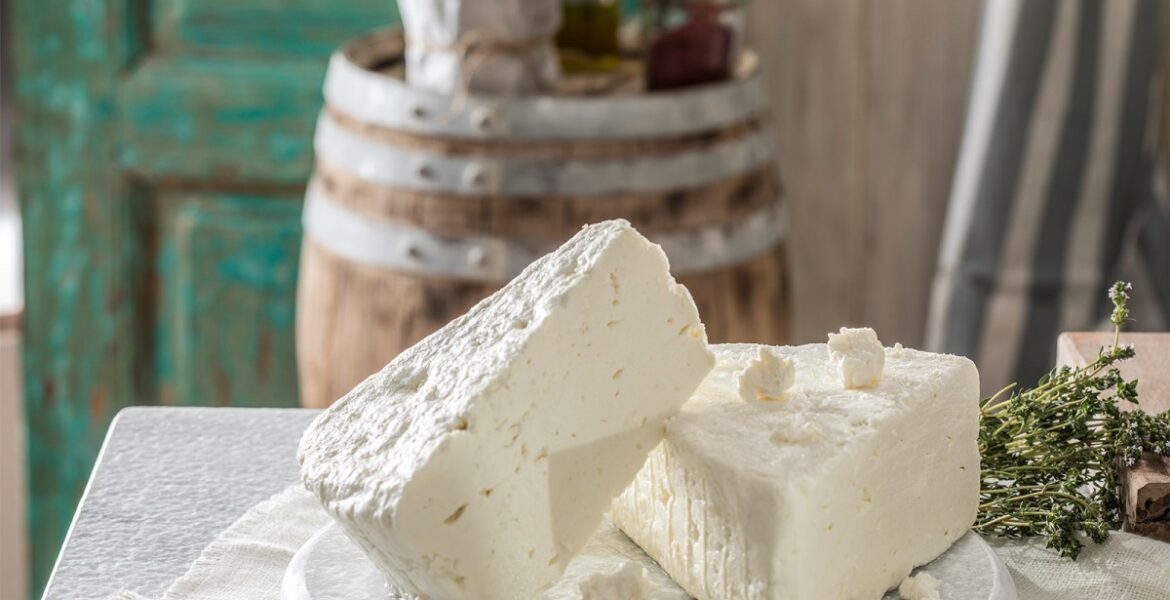Sydney Australia- A recent investigation into supermarket cheese aisles has revealed a shocking truth: most Australians are unknowingly consuming “fake feta.”
While the cheese labeled “fetta” might resemble its Greek counterpart, it falls short of the strict standards required to bear the prestigious “feta” name.
In 2002, the European Union bestowed upon Greece the coveted Protected Designation of Origin (PDO) for “feta.” This designation, similar to France’s “Champagne” or Italy’s “Parmigiano-Reggiano,” ensures that only cheese produced in Greece using traditional methods and local sheep’s and goat’s milk can be called “feta.”
“The PDO is a guarantee of authenticity and quality,” explains Yannis Agravos, spokesperson for the Greek Ministry of Agriculture. “It protects not just a cheese, but a cultural heritage.”

The “fetta” commonly found in Australian supermarkets often originates from Australia or Denmark and is primarily made with cow’s milk. While these cheeses may share a similar texture, they lack the distinct tangy and slightly salty flavor profile that defines true Greek feta.
“Consumers are being misled,” says Maria Papadopoulos, owner of a Greek deli in Sydney. “The taste difference is undeniable. True feta has a depth and complexity that comes from using traditional ingredients and techniques.”
Finding authentic feta in Australia requires a discerning eye. Specialty Greek and Mediterranean delis are your best bet, or look for brands like “Dodoni” that proudly display the PDO logo.
The next time you’re craving a taste of Greece, remember to check the label carefully. Don’t settle for a “fetta” imposter when you can savor the real deal.

